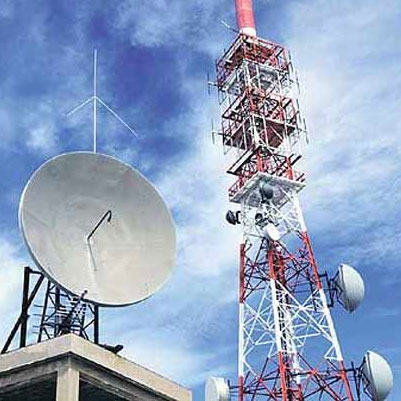  Telecom observers are not surprised by recent letters written by Operators to the regulator on interconnection usage charges (IUC). The service providers have right to protect their business interests. IUC is an important tool to win corporate war and telecom regulatory authority of India (TRAI) is the battle field. Content of letters doesn’t matter. All is fair in love and war. What matters is media coverage.
However, telecom service providers forget that the regulations are not made to serve their business interests at the cost of consumers. If a regulation doesn’t serve the society, it is flawed. Sadly, consumer is low on priority of all Indian telecom operators.
Guiding principle for IUC regulation
International Telecommunications Union (ITU) has clearly defined the guiding principle for regulators in deciding IUC. “Where regulators are needed to mediate interconnection disputes, rates should be based on maximising economic welfare,” says a report ‘4th Generation Regulation: Driving Digital Communications Ahead’ of the UN body.
As far as the issue of financial health of the Operators is concerned, the government has set up an inter-ministerial group (IMG) to take care of it.
In the Indian scenario, the economic welfare of masses is maximised when good quality of services are available at affordable prices. Today, the benefits of digital economy are not available for all due to lack of availability and access as well as high cost of broadband. Telecom networks can’t even carry voice without a few call drops. In places where Internet connectivity is available, download speeds are a big challenge most of the time.
The new IUC charges should be such that the regulator is able to ensure good quality of services at affordable prices for consumers. This is possible only when circuit-switched networks are rapidly phased out and IP-networks expand.
War of letters
In last couple of weeks Airtel, Jio and Idea have written four letters to TRAI on IUC. Interestingly, none of them has showed any concern about consumers. Focus of Airtel and Jio is only on the revenue earned (or losses made) through IUC either by them or by their competitor.
Idea Cellular has gone a step further and has suggested some strange formula of segregating traffic on the basis of TDM and IP calls so that it can maximise its revenue without upgrading its network. Its argument that 95% of the calls terminate in circuit-switch network is itself a strong argument in favour of lowering IUC drastically. The operators should not be incentivised for not making any investments on new technologies.
What ITU recommends
The ITU report recommends: “Keep interconnection regulation as simple as possible to avoid unintended consequences, following these guidelines – establish “Bill and Keep” or “free peering” wherever possible, if termination charges continue to be regulated, bring them down toward zero as fast as possible.”
TRAI should encourage IP, while 2G should be phased out. Here, IUC plays an important role. A high termination charge of 14 paise per minute encourages 2G as incumbent operators make money simply by receiving calls on their depreciated networks. It discourages them from migrating to IP networks.
TRAI should bring down IUC to zero at the earliest. Now, the basic question is what should be the IUC during the interim period when operators have to pay termination cost? It should be calculated in a transparent manner.
ITU has recommended a pure long range incremental cost (LRIC) method that was followed successfully in European Union (EU). In pure LRIC only those costs are allowed that would hypothetically be avoided if the termination service were withdrawn. This excludes all fixed costs and common-cost mark-ups. It ensures that economies of scale are fully incorporated into termination rates.
Also read:
British parliamentarians led war against high IUC, 262 MPs signed Early Day Motion in parliament to reduce mobile termination charges
Vodafone CEO Colao’s warning on reduction of IUC is unfounded, similar arguments were rejected by British regulator while slashing termination charges by 85%. Poor mobile users shouldn’t be punished for Telco’s inefficiencies
Reduce the IUC: Use pure LRIC methods to calculate interconnection charges
 Writer is editor of TelecomTiger Writer is editor of TelecomTiger |